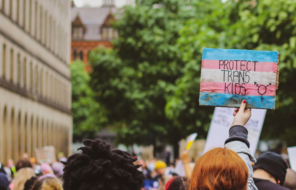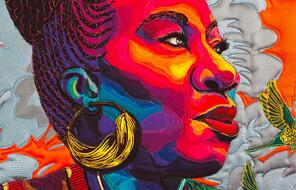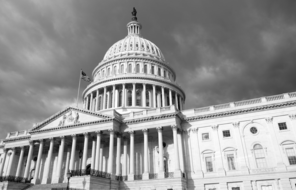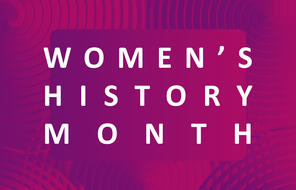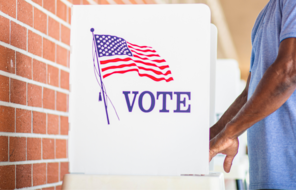It is easy to become overwhelmed by the ceaseless stream of conflicting information issued from all quarters. We are living in what is literally being called a “post-truth” moment and due to the complexity of our tech-mediated lives, it has become harder than ever to determine what information is real and true. In some ways, this is a perennial question explored by figures ranging from Plato and Aristotle to Morpheus and Neo, but this is more than a matter of philosophical reflection. Despite the eternal search for truth reflected in those figures, we need shared grounds for thought and action if we are to challenge the bigotry, hate, and overlapping crises engulfing our world.
Forging meaningful spaces of exchange across echo chambers and ideological divides is a challenging task, but teachers have a unique opportunity to foster critical thinking beginning in their classrooms.
Here are some resources that Facing History recommends for strengthening students’ media literacy and capacity to engage with the world around them with greater intellectual rigor:
Mini-Lesson: Where Do We Get Our News and Why Does it Matter?
We live in a time when it can be difficult to identify reliable news sources. This resource guides students as they take stock of their media choices, explore media bias, and think about what healthy news habits they want to adopt.
Mini-Lesson: How to Read the News Like a Fact Checker
Learning to read laterally is a key media literacy strategy that can help students determine the quality of online sources. This mini-lesson trains students to read online sources laterally, like professional fact checkers do, so that they can better evaluate the credibility of news they see online.
Teaching Strategy: News Article Analysis
Use this teaching strategy to help students identify and analyze the key characteristics of the three most common types of news articles: straight news, feature, and opinion.
Mini-Lesson: Learning to Navigate Generative AI Content: Media Literacy Strategies
This mini-lesson introduces students to changes generative AI could bring to the media landscape, outlines the potential for generative AI to spread misinformation, takes them through steps to verify information they see online, and helps them learn about how generative AI models create new images. Each activity can be used on its own or taught in any combination best suited to your students. Teach it alongside Facing History’s mini-lesson on the ethics of generative AI.
Facing History & Ourselves also invites educators to use Teaching Resources for the US Election. This collection encourages students to think critically about the role of elections, voting, and civic participation in creating and sustaining a just and healthy democracy.


